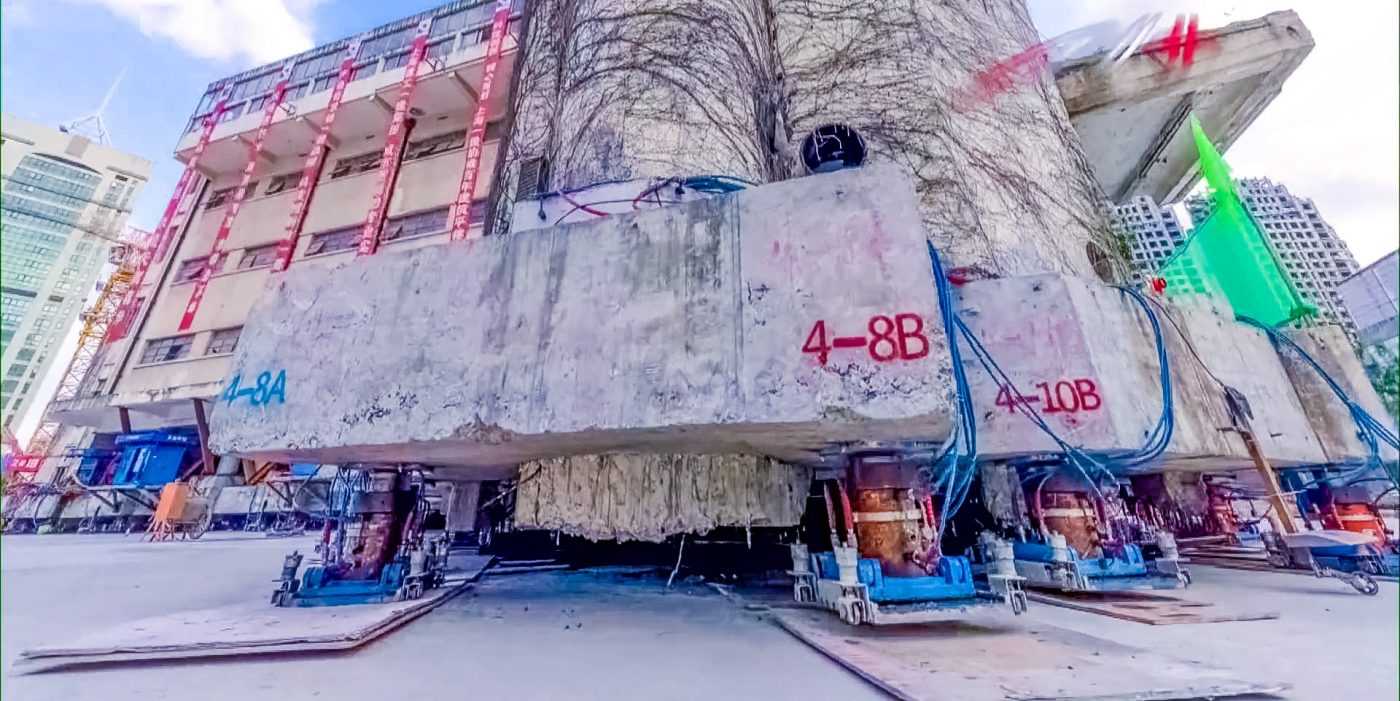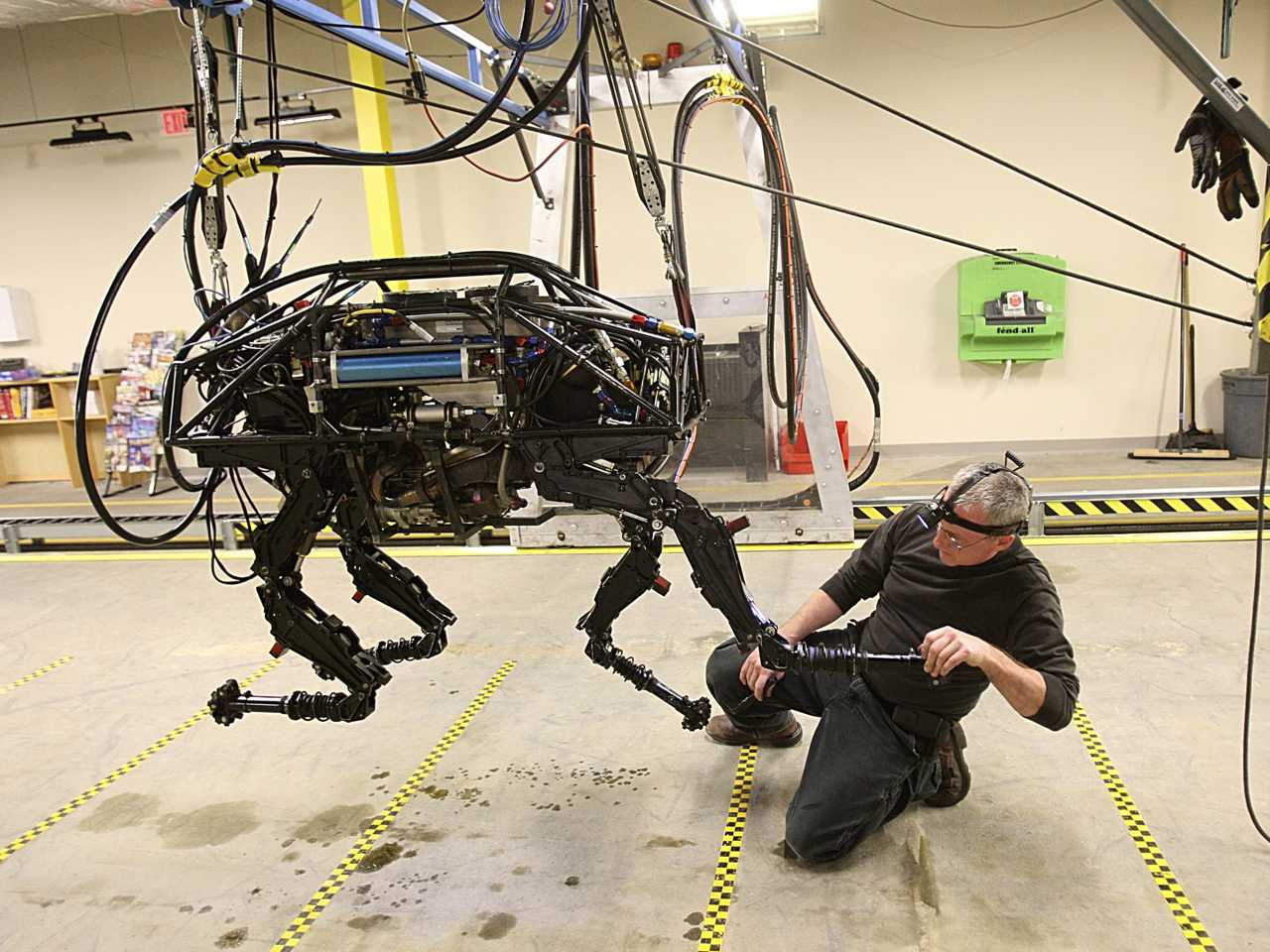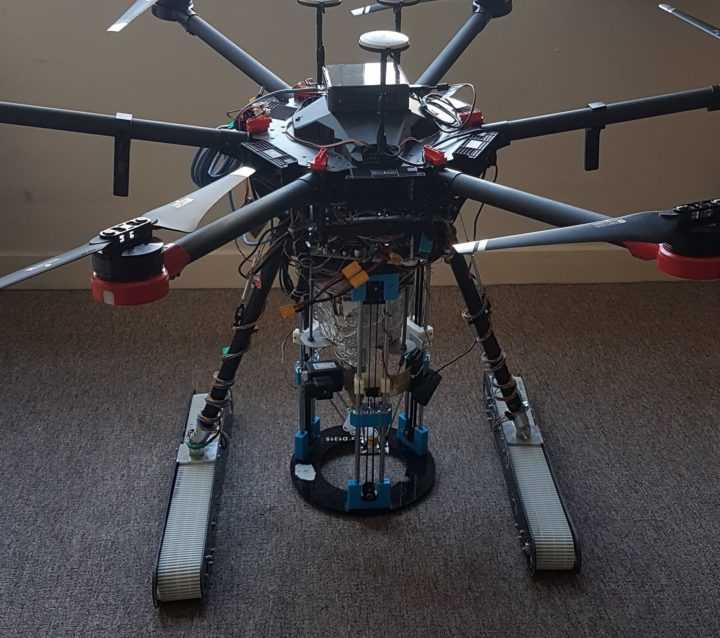
Robotic extensions
From static to active.
How likely? How soon? What impact?
Cities have always built shared networks to move people, goods, waste, and information. These systems increase capacity and efficiency, creating platforms for growth and well-being. But this infrastructure was stationary and its access points fixed. Over the next decade, however, infrastructure will come alive. We'll attach, surround, and infuse roads, pipes, and wires with autonomous extensions. Swarms of machines will join up to deliver ad hoc infrastructure that's surprisingly useful.
Droids will patrol, map, and help predict points of failure. Others will soon follow to make preventive repairs. Municipal robots will service locations that are difficult, dangerous or expensive to reach. Over time, they'll go to work in zones closer to where we live. And that will demand deep deliberation on how we design the public realm. The challenge: preserving human-centered design while making cities legible to robots.
Signals
Signals are evidence of possible futures found in the world today—technologies, products, services, and behaviors that we expect are already here but could become more widespread tomorrow.




..png)




